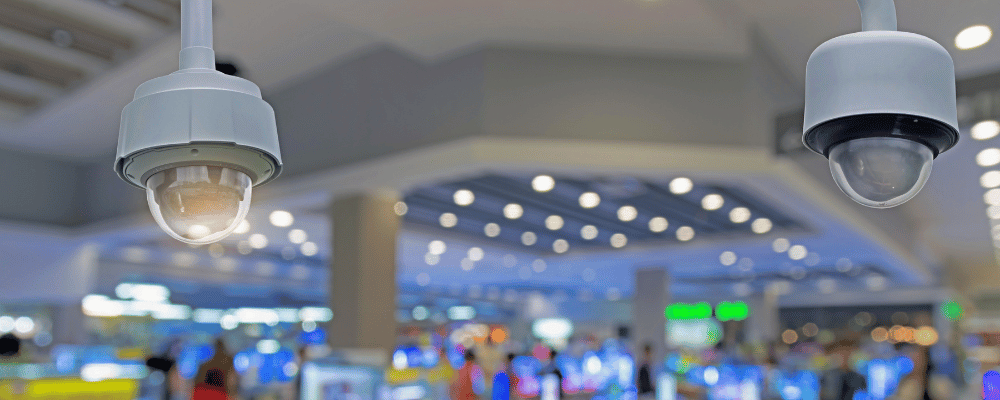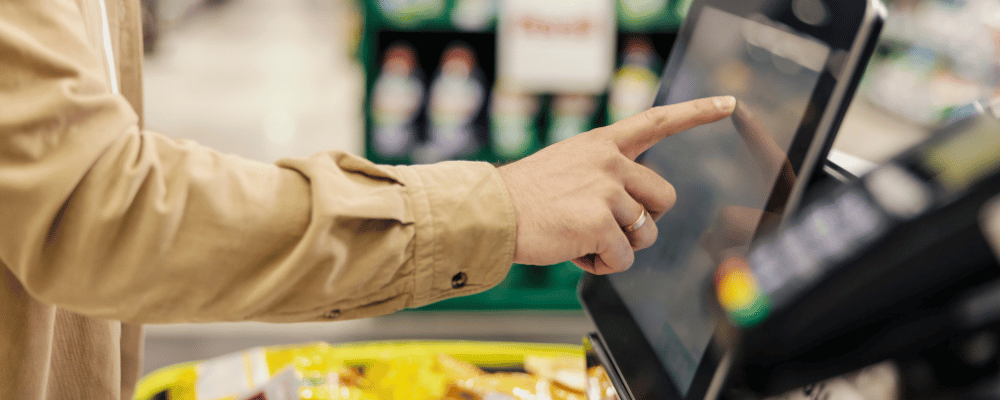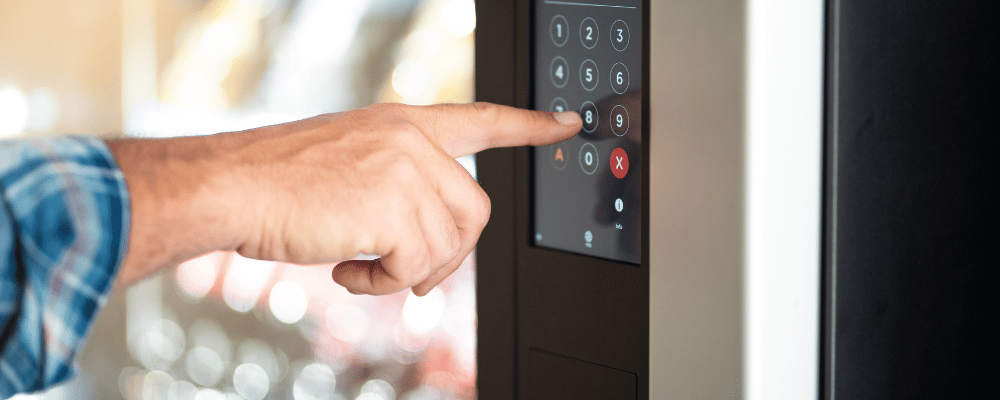The Convenience Store of the Future

2030 is just five years away and while convenience stores’ core range will likely look similar to how it does today, the trends and technology around them may be very different.
“The need to offer value will still be prevalent in five years, but it always has been,” explains Bobby Singh, owner of BB Nevison Superstore & Post Office in Pontefract, West Yorkshire.
“But it will be interesting to see how other trends will be in 2030, such as veganism and the zero-alcohol category. I would love to have a crystal ball to see, but I can see them both growing as people become more health conscious.”
While trends come and go, the technology that will be driving convenience stores will have a more lasting impact. These include artificial intelligence (AI), digital displays, and vaping dispenser gantries among others.
Here, we explore how some of these developments could play out.

AI will dominate tech advancements
AI usage is growing at a rapid rate. 15% of small businesses have already adopted at least one form of AI technology, according to a report for the UK Government.
Joshua James, owner of Fresh & Proper, Fordham in Essex, is one of these retailers.
“We have body language recognition software in store that uses AI to highlight if someone is putting something in their coats, or acting suspicious,” he says. “It’s been a no-brainer for us.”
The software sends a notification to staff headsets, store announcements, and phone alerts to help battle crime.
Although it’s tech that already exists, James says the future will only offer bigger opportunities to improve the system.
Facial recognition doesn’t yet have a wide adoption rate in convenience stores, but Singh believes that by 2030 it will be common practice.
“I think everyone will have a form of facial recognition in store,” he says. “We can already see it slowly coming through.”
AI will also lend itself well to ordering. “By 2030, there will be a lot more AI integration, ordering for us based on trend analysis. This will be a big one for wholesalers too as it will help them suggest popular products,” James says.

Digital displays will be the norm
As the cost of digital displays comes down, they will likely come to dominate convenience stores in 2030, bringing in-store marketing to a whole new level.
“The power of owning digital displays as a retailer will be huge. It will make advertising products and driving sales so much easier,” continues Singh.
“From a marketing perspective, it will help boost our overall engagement and that’s something every brand wants.”
But the big innovation by 2030 will be interactive digital displays. “The data you collect from displays where customers can interact with them will be invaluable,” says James.
“And it’s endless. They can be advanced as far as reading body language around attempted purchases, voting on potential new product launches you’re planning to stock, or simply getting feedback on the product or price.”
Singh also predicts the widespread introduction of electronic shelf-edge labels in stores. “They are so effective. We saw them recently at a trade show and saw the impact they can have on upgrading the look of your store,” Singh says.
James adds: “We save a lot of cost and time in staffing hours already and we can change pricing instantly, anywhere.”

Challenge 25 and vending machines
Challenge 25 is an important store practice, but it can be difficult for retailers and their staff to always get right. With the Tobacco and Vapes Bill making its way through Westminster, the generational smoking ban could one day see retailers having to refuse sales to adults on the basis that they are a couple of years younger than the ban permits.
But James believes store owners will likely look for a tech solution to reduce human error. Technology will have advanced by 2030 to offer automatic recognition software. While this might seem an obvious step up, what if it was required to dispense the vape or tobacco product in the first place?
“There’s already some tech around dispensing cigarettes and vapes, but it could be used to help us with age verification,” James says. “This could be staff pressing a button or the machine identifying the person’s ID and processing the sale that way.”
James also says it will be possible to have some convenience stores operating 24/7 by using shop-front vending machines.
“Again, this is something already in circulation in some areas, but it has the potential to go so much further,” James continues.
“I see 2030 having vending machines for vapes, tobacco and all sorts of products, so we can generate sales every minute of every day.”
It’s worth adding, though, that there will always be a need for customer service and adding that personal touch for whoever wants it.
Singh says: “My store in 2030 will always have that personal touch, meaning manned tills and staff on the shop floor for all those customers who want that personal interaction and service.”

Self-checkouts for busy customers and cashless options
Self-checkouts in convenience stores are still relatively new, but by 2030, they could be in every store.
“While we’ll always offer a personal and interactive service, we think most stores will have self-checkouts for customers who want to be in or out, are in a rush, or simply don't want that kind of service,” continues Singh.
James echoes this but adds that the technology has a long way to go. “Customers will always want a friendly face, but self-checkouts are the future, especially as they become easier to use. More stores may also go cashless by 2030,” he says.
Cashless stores are slowly becoming the norm, with more shoppers relying on their phones and cards to make purchases. “We’re already around 85% cashless anyway, but this will become bigger as new generations become more financially savvy,” James concludes.
However technology develops in the next five years, we believe that with our range of cutting-edge premium products, Epicurium can be a reliable partner for your growth.

